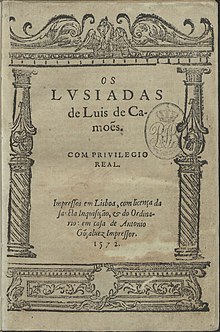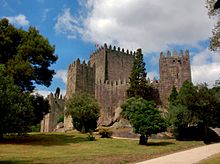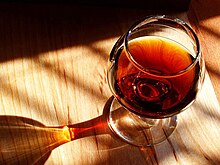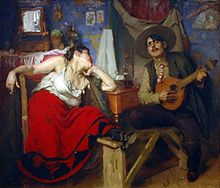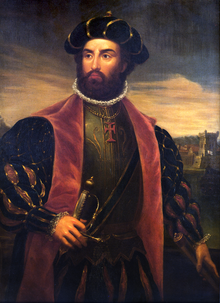
The culture of Portugal is a very rich result of a complex flow of many different civilizations during the past millennia. From prehistoric cultures, to its Pre-Roman civilizations, passing through its contacts with the Phoenician-Carthaginian world, the Roman period, the Germanic invasions of the Suebi, Buri and Visigoths, Viking incursions, Sephardic Jewish settlement, and finally, the Moorish Umayyad invasion of Hispania and the subsequent expulsion, during the Reconquista, all have made an imprint on the country's culture and history.

Carlos ParedesComSE was a virtuoso Portuguese guitar player and composer. He is regarded as one of the greatest players of Portuguese guitar of all-time.

Vasco Navarro da Graça Moura, GCSE GCIH OSE was a Portuguese lawyer, writer, translator and politician, son of Francisco José da Graça Moura and wife Maria Teresa Amado da Cunha Seixas Navarro de Castro, of Northern Portugal bourgeoisie.

Belém is a freguesia and district of Lisbon, the capital of Portugal. Belém is located in western Lisbon, to the west of Ajuda and Alcântara and directly east of Lisbon's border with Oeiras. Belém is famous as a museum district, as the home of many of the most notable monuments of Lisbon and Portugal alike, such as the Belém Tower, the Jerónimos Monastery, the Padrão dos Descobrimentos, and Belém Palace. The population in 2011 was 16,528.
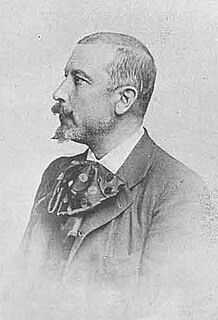
José Vital Branco Malhoa, known simply as José Malhoa was a Portuguese painter.

Zé Povinho is the cartoon character of a Portuguese everyman created in 1875 by Rafael Bordalo Pinheiro. He became first a symbol of the Portuguese working-class people, and eventually into the unofficial personification of Portugal.
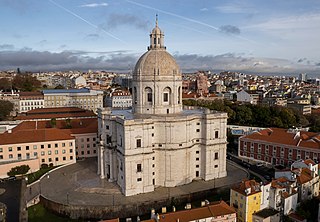
The Church of Santa Engrácia is a 17th-century monument in Lisbon, Portugal. Originally a church it was converted into the National Pantheon, in which important Portuguese personalities are buried. It is located in the Alfama neighborhood, close to another important Lisbon monument, the Monastery of São Vicente de Fora.

Gonçalo Álvares was a Portuguese explorer who actively participated in the Age of Discovery, starting from the second voyage of Diogo Cão.
The following is a timeline of the history of the city of Lisbon, Portugal.

The symbols of Portugal are official and unofficial flags, icons or cultural expressions that are emblematic, representative or otherwise characteristic of Portugal and of its culture.

Prazeres Cemetery is one of the largest cemeteries in Lisbon, Portugal; it is located in the freguesia of Estrela, in western Lisbon. It is considered to be one of the most beautiful and famous cemeteries in the world. It is home to the Mausoleum of the Dukes of Palmela, the largest mausoleum in Europe.

Portuguese comics are comics created in Portugal or by Portuguese authors. Rafael Bordalo Pinheiro, Carlos Botelho, and João Abel Manta are some of the most notable early Portuguese cartoonists.
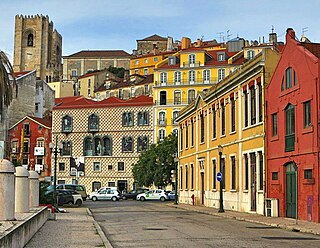
Lisbon is one of the most popular city destinations in Europe. The city of Lisbon and the Lisbon metropolitan area attracts a significant number of tourists each year, drawn to its historical and cultural heritage, good transportation connections and good touristic infrastructure.

The Royal Portuguese Cabinet of Reading is a library and lusophone cultural institution, is located in Luís de Camões Street, number 30, in the center of the city of Rio de Janeiro, Brazil. It is listed by the State Institute of Cultural Heritage. Elected the fourth most beautiful library in the world by Time magazine, the Cabinet has the largest collection of Portuguese literature outside Portugal.

The Service of the Viscounts of São João da Pesqueira is an early 20th-century 300-piece tableware set in cast silver, made in Porto, Portugal, in the Reis & Filhos workshop.
